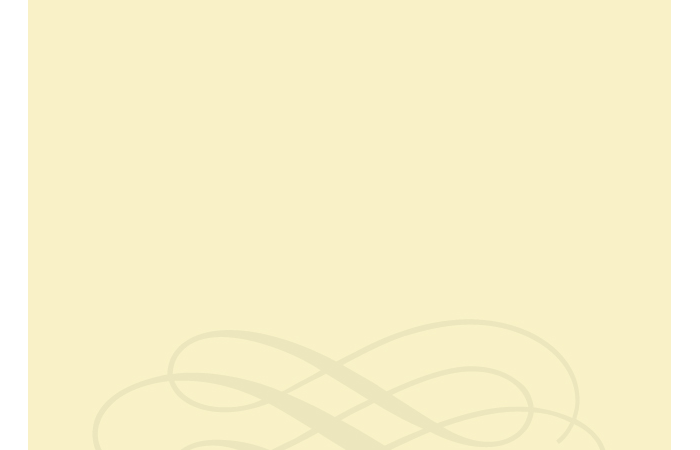Dioxin remediation


Dioxin remediation


The focus of this project was to culture dioxin dechlorinating microorganisms from sediment, evaluate their biodegradative potential, and to screen technologies for dechlorination enhancement. The resulting dechlorination fingerprints were then mapped using multivariate statistical tools, and validated in the Passaic River, San Diego Bay, Pearl Harbor, and the Hudson River.
Between 1990 and 2002, this work was supported by the Environmental Protection Agency (EPA), the Office of Naval Research (ONR), the Army Corps of Engineers, the Chlorine Chemistry Council, and the Superfund Innovative Technology Evaluation (SITE)Program. This work involved collaborations with geostatisticians and consulting engineers (LimnoTech).
Please see the following publications for more detail:
1.Gruden, C., R. McCulloch, T. Towey, J. Wolfe, and P. Adriaens. 2007. Hydrogen-based Activity Enhancement in Sediment Cultures and Intact Sediments. Env. Eng. Sci. 24: 696-706.
2.Adriaens, P., A. Michalak and M-Y. Li. 2006. Scaling of Sediment Bioremediation Processes and Applications. Eng. Life Sci. 6 (3), 217-227.
3.Fu, Q. S., A. L. Barkovskii, P. Adriaens. 2005. Microbial dechlorination of dioxins in estuarine enrichment cultures:effects of respiratory conditions and priming compound on community structure and dechlorination patterns. Marine Environ. Res., 59: 177-195.
4.Barabas, N., P. Goovaerts, and P. Adriaens. 2004. Modified polytopic vector analysis to identify and quantify dioxin dechlorination signatures in sediments. 1. Theory. Environ. Sci. Technol., 38: 1813-1820.
5.Barabas, N., P. Goovaerts, and P. Adriaens. 2004. Modified polytopic vector analysis to identify and quantify dioxin dechlorination signatures in sediments. 2. Application to the Passaic River Superfund site. Environ. Sci. Technol., 38: 1821-1827.
6.Gruden C.., Q. S. Fu, Barkovskii A. L., Albrecht I. D., Lynam M. M., and P. Adriaens. 2003 Dechlorination of Dioxins in Sediments: Catalysts, Mechanisms, and Implications for Remedial Strategies and Dioxin Cycling. In: Dehalogenation: Microbial Processes and Environmental Applications, pp. 347-373 (M. M. Häggblom, I. D. Bossert, Eds.), Wiley & Sons.
7.Adriaens P, Barkovskii A. L. 2002 Fate and Microbial Degradation of Organohalides. In: Encyclopedia of Environmental Microbiology (G. Britton, Editor-in Chief), pp. 1238-1252, Wiley & Sons, NY.
8.Barabas, N., P. Goovaerts, and P. Adriaens. 2001. Geostatistical Assessment and Validation of Uncertainty for Three-Dimensional Dioxin Data from Sediments in an Estuarine River. Environ. Sci. Technol. Environ. Sci. Technol. 35: 3294-3301.
9.Fu, Q.S., A.L. Barkovskii, and P. Adriaens. 2001. Dioxin Cycling in Aquatic Sediments: The Passaic River Estuary. Chemosphere 43 (4-7) : 643-648.
10.Fu, Q., A.L Barkovskii, and P. Adriaens. 1999. Reductive Transformation of Dioxins: An Assessment of the Contribution of Dissolved Organic Matter to Dechlorination Reactions. Environ. Sci. Technol.33, 3837-3842.
11.Albrecht, I.D., A.L. Barkovskii, and P. Adriaens. 1999. Production and Dechlorination of 2,3,7,8-Tetrachloro-Dibenzo-p-Dioxin (TCDD) in Historically-Contaminated Estuarine Sediments. Environ. Sci. Technol.33: 737-744.
Dioxin Remediation Workshop
In 2004, under auspices of the Dow Chemical Company, I hosted a two day workshop to review the state-of-the-art of technologies for dioxin remediation in soils and sediments (see Executive Summary - Technology Benchmarking.pdf).
These technologies included: Containment, In Situ Biological Treatment (bioremediation and phytoremediation), and Ex Situ Treatment. For all presentations, please refer to the links below:
1.Bioremediation of dioxins (Peter Adriaens, University of Michigan): Adriaens.pdf
2.Bioremediation of PCBs (Donna Bedard, Rensselaer Polytechnic; formerly at General Electric): Bedard.pdf
3.Genetically-Enhanced Rhizoremediation (Joel Burken, U. Missouri-Rolla): Burken.pdf
4.Phytoremediation (John Pardue, Louisiana State University): Pardue.pdf.
5.Natural Attenuation of Dioxins (Noemi Barabas, LimnoTech; formerly at University of Michigan): Barabas.pdf
6.Natural Recovery of Contaminated Sediments (Victor Magar, Environ): Magar.pdf
7.Natural Recovery - Physical Transport Considerations (W. Frank Bohlen, U. Connecticut): Bohlen.pdf
8.Remediation using Zerovalent Iron (Kevin Gardner, U. New Hampshire): Gardner.pdf
9.Stabilization Using Activated Carbon (Upal Ghosh, University of Maryland-Baltimore): Ghosh.pdf
10.Humification of Persistent Organics (Walter J. Weber, Jr; University of Michigan); Weber.pdf
11.Active Sediment Caps for Managing Contaminants (Greg Lowry, Carnegie Mellon University: Lowry.pdf
12.In Situ Capping Strategies (Danny Reible; U. Texas - Austin): Reible.pdf
13.Tools for Site Characterization (Tim Dekker, LimnoTech): Dekker.pdf
14.Bioassays for Dioxin Analysis in Environmental Samples (John Giesy, University of Saskatchewan; formerly at Michigan State University): Giesy Ah receptor.pdf
15.Remedial Alternative Selection (Mike Dybas, Michigan State University): Dybas.pdf
16.Basin-Scale Management (Sabine Apitz; SEA Environmental Decisions): Apitz.pdf
Dioxin (Bio)remediation Research Program


